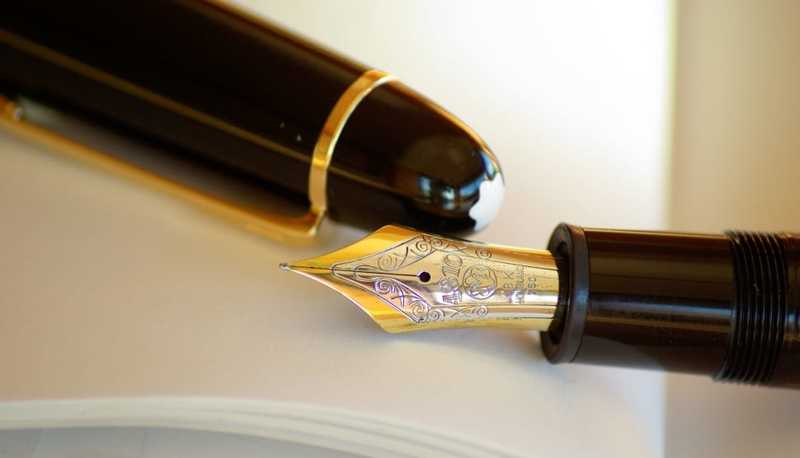Concetti Chiave
- L'articolo "a/an" si utilizza per indicare un'entità singolare non specifica, con "an" usato prima delle vocali e "a" davanti alle consonanti.
- "The" è un articolo determinativo che si impiega per riferirsi a un'entità specifica o già menzionata, distinguendo quel particolare oggetto o persona.
- "Some" e "any" esprimono una quantità indefinita; "some" si usa nelle affermazioni, mentre "any" è impiegato nelle domande e nelle negazioni.
- Gli esempi forniti illustrano l'uso pratico degli articoli in contesti quotidiani, chiarendo le regole grammaticali tramite situazioni concrete.
- La spiegazione copre articoli indeterminativi, determinativi e quantificatori, fornendo una guida utile per l'uso corretto in inglese.
Indice
A/ an: un, uno, una, un’
Si usa AN davanti alle parole che iniziano per vocale ( A-E-I-O-U) mentre A si usa per le parole che iniziano per consonante.
Alcuni esempi:
There is a book on the floor. Please, go and pick it up (C’è un libro sul pavimento. Ti prego di andare a raccoglierlo)
I have got a brother. His name is Pablo and he is three years younger than me! (Ho un fratello. Il suo nome è Pablo ed è tre anni più giovane di me)
There is an apple on the table. Who wants to eat it before it starts to rot? (C’è una mela sul tavolo. Chi la vuole mangiare prima che inizi a marcire?
Look!! An elephant in the sky!! Did you really believed me? You are really silly! (Guarda!! C’è un elefante nel cielo!! Mi hai davvero creduto? Che stupido che sei!)
The: il, lo, la, I, gli, le, l’
The è un articolo determinativo che si usa quando si vuole indicare un entità che esiste come unità (ovvero si trova solo quella cosa che si indica in quel modo, non ce ne sono altre uguali) o è stata citata in precedenza.
Alcuni esempi:
The English book is blue and white so could you explain me why do you have in your desk a red book? (Il libro di inglese è blu e bianco quindi mi potresti spiegare perché hai nel tuo banco un libro rosso?)
The colours of the rainbow are so pretty in the sky, especially when it rained and the air is still humid (I colori dell’arcobaleno sono così carini nel cielo, specialmente quando ha piovuto e l’aria è ancora umida)
The cat were licking its fur because he previously had fallen in a mud puddle (il gatto si stava leccando il pelo perchè in precedenza era caduto in una pozzanghera di fango)
The computer Mr Bingley gave us for the project was so slow that at certain point it crushed and I had to use the laptop I have in my room (Il computer che Mr Bingley ci ha dato per il progetto era così lento che ad un certo punto si è bloccato e ho dovuto usare il portatile che ho nella mia stanza)

Some/ any: dei, delle, alcuni, alcune, un po’
Sia SOME che ANY indicano una quantità indefinita, non numerabile e hanno lo stesso significato, però ANY si usa nelle frasi negative e interrogative, mentre SOME nelle affermative.
Alcuni esempi:
There are some girls in the classroom and I was thinking to bring them some flowers on Women’s Day.  Do you think that at least some of them would appreciate it? (Ci sono delle ragazze nella mia classe e stavo pensando di portare loro dei fiori per la festa della donna. Pensi che almeno una parte di loro lo apprezzerebbe?)
Do you think that at least some of them would appreciate it? (Ci sono delle ragazze nella mia classe e stavo pensando di portare loro dei fiori per la festa della donna. Pensi che almeno una parte di loro lo apprezzerebbe?)
Some boys are in the gym lifting weights but I prefer any other activities because I find it very boring. (Alcuni ragazzi sono in palestra a sollevare pesi ma io preferisco qualsiasi altra attività perché lo trovo molto noioso)
There aren’t any apples in the fridge so I guess you have to be satisfied with some mandarins or grapefruits. (Non ci sono mele nel frigo quindi suppongo tu ti debba accontentare dei mandarini o dei pompelmi)
There aren’t any teachers in the gym and that means that student can organize some epic pranks to the annoying principal. (Non ci sono insegnanti in palestra e questo significa che gli studenti possono organizzare qualche scherzo epico al preside fastidioso).
Domande da interrogazione
- Quando si usa "a" e "an" in inglese?
- Qual è la funzione dell'articolo "the" in inglese?
- Come si differenziano "some" e "any" nell'uso?
- Puoi fornire un esempio di utilizzo di "some" in una frase?
- In quale contesto si utilizza "any" in una frase negativa?
"A" si usa davanti a parole che iniziano per consonante, mentre "an" si usa davanti a parole che iniziano per vocale (A-E-I-O-U).
"The" è un articolo determinativo usato per indicare un'entità specifica o già menzionata in precedenza.
"Some" si usa nelle frasi affermative per indicare una quantità indefinita, mentre "any" si usa nelle frasi negative e interrogative.
"There are some girls in the classroom and I was thinking to bring them some flowers on Women’s Day."
"Any" si utilizza in frasi negative come in "There aren’t any apples in the fridge."






 Accedi a tutti gli appunti
Accedi a tutti gli appunti
 Tutor AI: studia meglio e in meno tempo
Tutor AI: studia meglio e in meno tempo